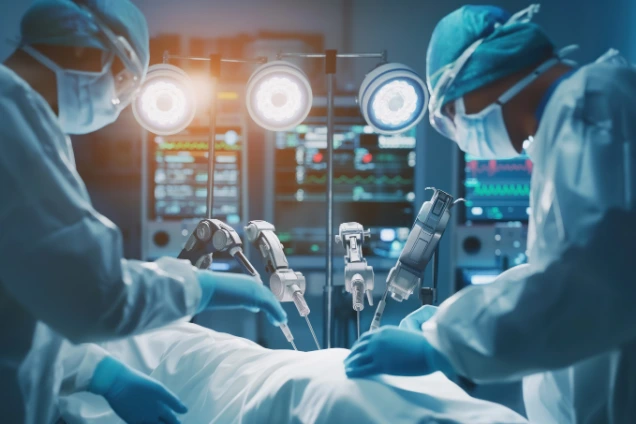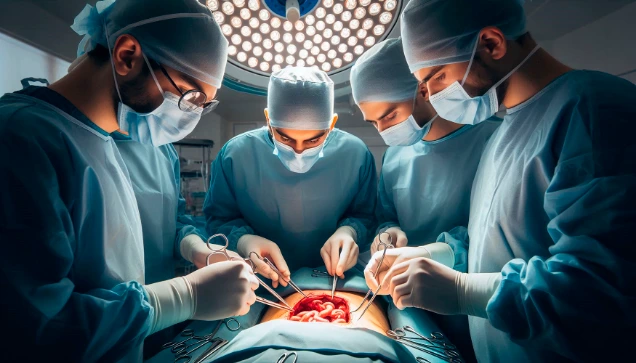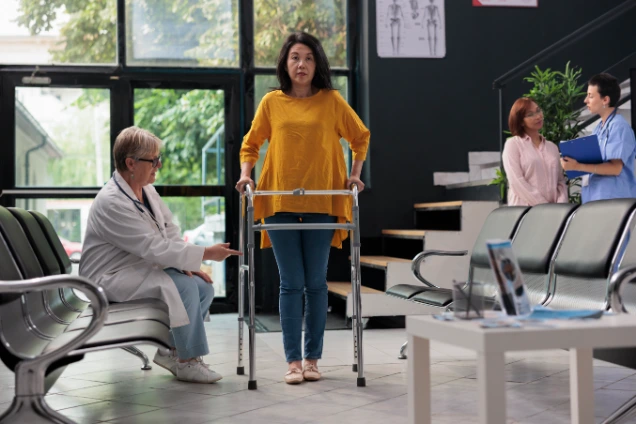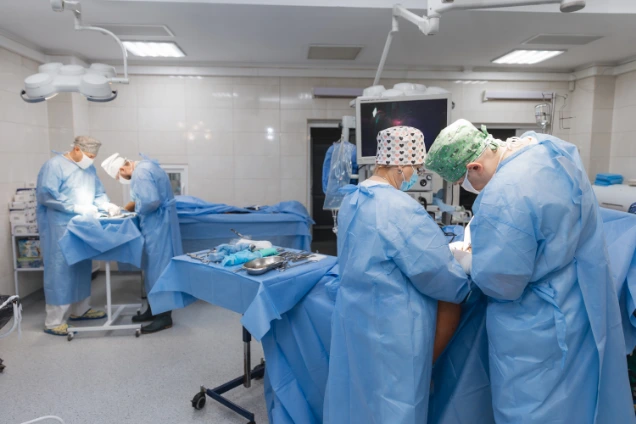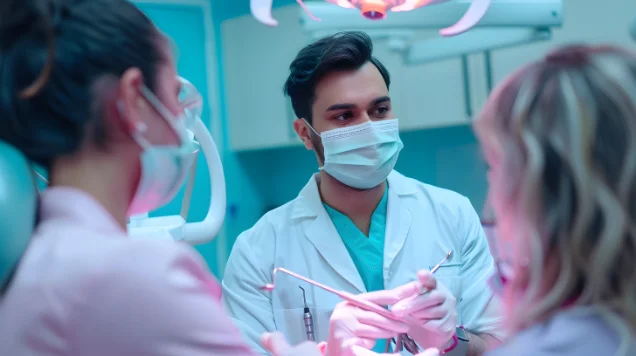Of all the various hospitals that can be found in Ahmedabad, Sumiran Hospital is simply exceptional because it stands for everything a best gynecologist hospital in Ahmedabad could offer as it is focused on nothing but patient care. To us expect to receive healthcare of high quality delivered by well trained professionals, we have a host of facilities as well.
Whenever you decide to go with Sumiran Hospital, it will be one of the best decisions since you will have to settle for:
- Individualised care and attention as per the specifications of the patient
- Consulting The top Gynecologist in Ahmedabad
- Entire healthcare differential requirements in a hassle-free manner, from guidance to promotions.
Our purpose is to be able to help women help themselves and let Sumiran Hospital be their healthcare provider.
Shift For A Better Life
Your health is your only wealth, and our responsibility at Sumiran Hospital is to ensure that you protect this wealth of yours.
Our patients come first and their needs, coupled with a team of professionals, always motivate us to deliver high-quality gynaecological care.
So, what are you waiting for?
Call us to schedule an appointment and receive the most sincere assistance you’ve ever had.
